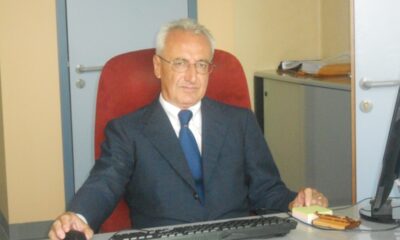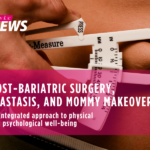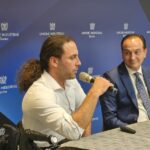Revée pills
One hundred years of Aerospace Medicine in Italy
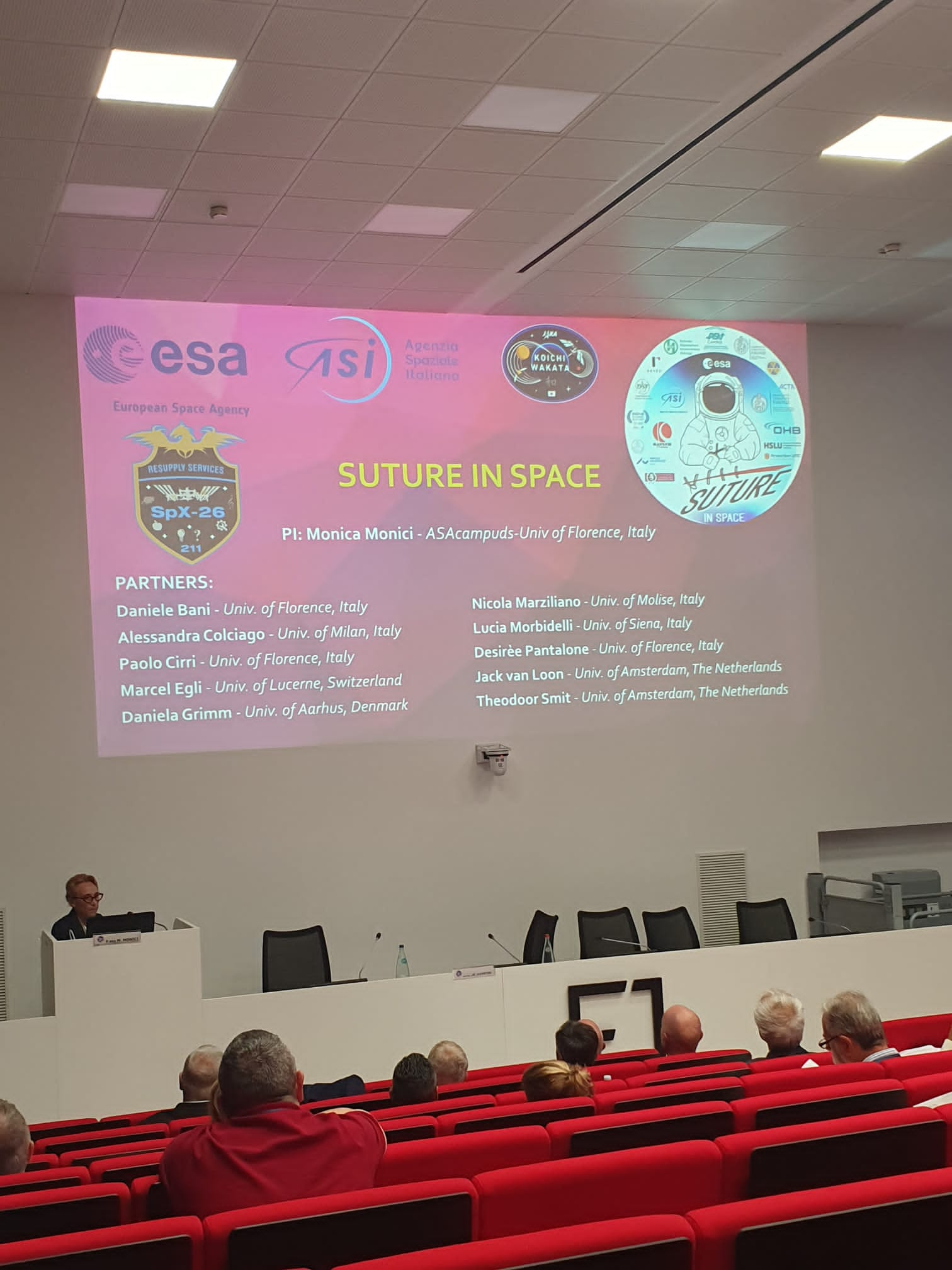
Three days of intensive study, seven sessions dedicated to the in-depth exploration of aerospace medicine and over 30 contributions for internationally renowned experts promise to illuminate the landscape of medicine and its everyday applications.
From October 11th to 13th, the prestigious XXXIII National Conference of the Italian Association of Aerospace and Space Medicine (AIMAS) took place at the “Giovanni Agnelli” Auditorium of the Polytechnic University of Turin and the Energy Centre, attracting a diverse array of university professors, medical officers, experts, and researchers from all over Italy.
The conference kicked off on Wednesday with a commemorative session dedicated to “One Hundred Years of Aerospace Medicine in Italy”, marking the anniversary of the “Arma Azzurra”. The event began with with the greeting of General Inspector Chief (a) Enrico Tomao, addressed to civilian and military authorities, followed by an inspiring Lectio Magistralis by Franco Malerba, the first italian astronaut, on the topic of “Artificial Gravity for astronauts in interplanetary travels”.
On the second day, October 12th, over 200 attendees participated and various topics were addressed, ranging from “the synergy of a complex system” to the relationship between “aircraft and airports”. Discussions focused on “clinical aviation medicine”, flight safety, and the neurophysiological and neuropsychological aspects of aerospace neuroscience.
The XXXIII National Conference of AIMA provided a comprehensive overview of aerospace medicine and its impact on everyday life. Experts presented cutting-edge research and discoveries that will not only enrich the field of medicine but also have a significant impact on our understanding of life in space and on Earth.
Space Medicine
The intervention of Dr. Monica Monici, coordinator of the “Suture in Space” project, selected by the European Space Agency and funded by the Italian Space Agency, was significant.
This extraordinary research, also supported by Revee Srl, represents the first experiment aimed at understanding how the healing process occurs in human tissues when injured and sutured in space. In a recent interview, Dr. Monici described the importance of this research and how it can influence the future of space exploration missions. The “Suture in Space” project is the result of an international collaboration among Italian, German, Dutch, and Danish researchers and represents a step forward in the analysis of wounds and the healing process under microgravity conditions.
Aerospace medicine is gaining increasing importance over time, both in anticipation of a growing human presence in space and for its contributions to life on Earth. This branch of medicine provides valuable insights for the prevention and treatment of age-related diseases, as well as a better understanding of the effects of gravity and microgravity on the human body.
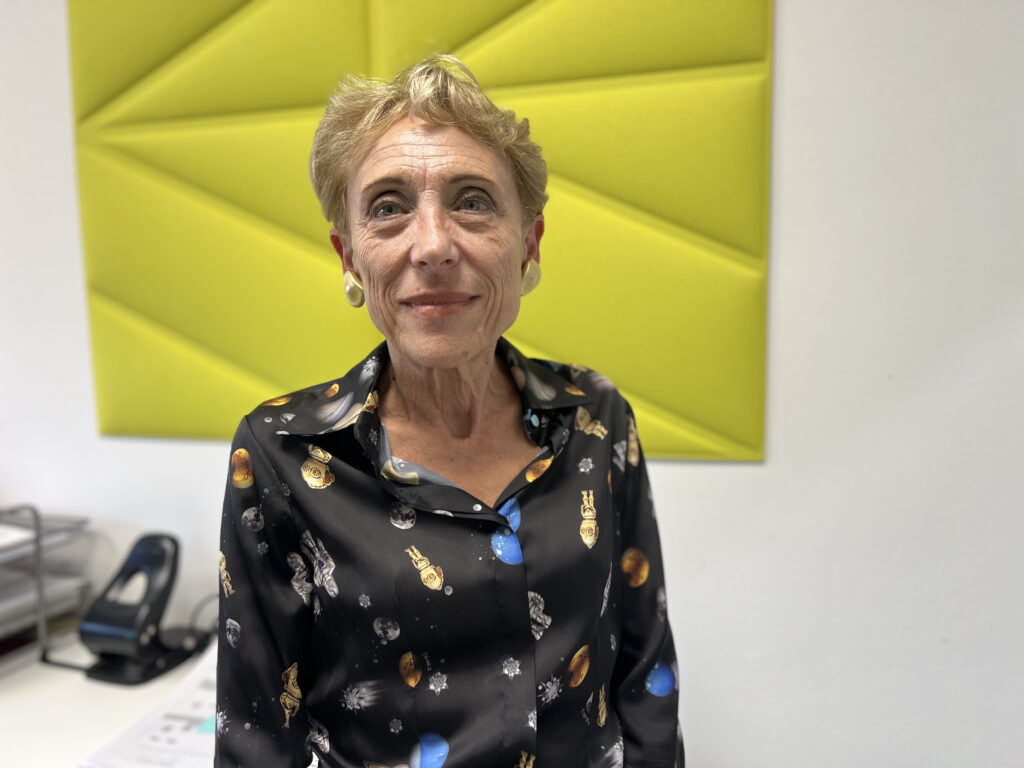
Biomedical research in space has led to a better understanding of crucial pathological mechanisms, providing valuable tools for the development of new therapeutic strategies.
Studies conducted under microgravity conditions can have interesting implications, as Dr. Monici concluded: «The new knowledge gained can also be applied on Earth. For instance, the new technique developed for the Suture in Space project, which allows for the maintenance of explanted tissues in viable conditions for over a month, could be beneficially applied in the fields of tissue engineering and regenerative medicine».
The progress of aerospace medicine
The third day of the Conference, on October 13th, focused on a series of key topics related to the current landscape of aerospace medicine and future challenges. The conference provides a unique opportunity for participants to deepen their knowledge, share experiences, and contribute to the progress of aerospace medicine. In a press statement, Lieutenant Colonel Dr. Paola Verde, Secretary General of AIMAS, explained: «The technological evolution and advanced performance of spacecraft have exposed the human body to increasingly intense mental and physical stresses. The limitations of atmospheric and space travel are not solely determined by technology but also by the limits of human tolerance. Aerospace medicine has developed aeromedical requirements for the selection and fitness of aviators and astronauts, allowing a growing number of people to fly safely, even with significant medical conditions».















